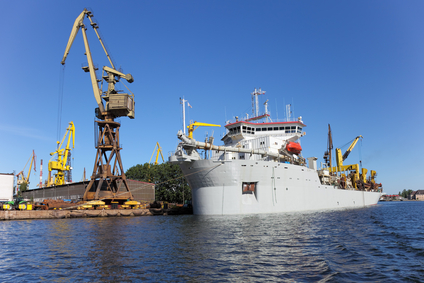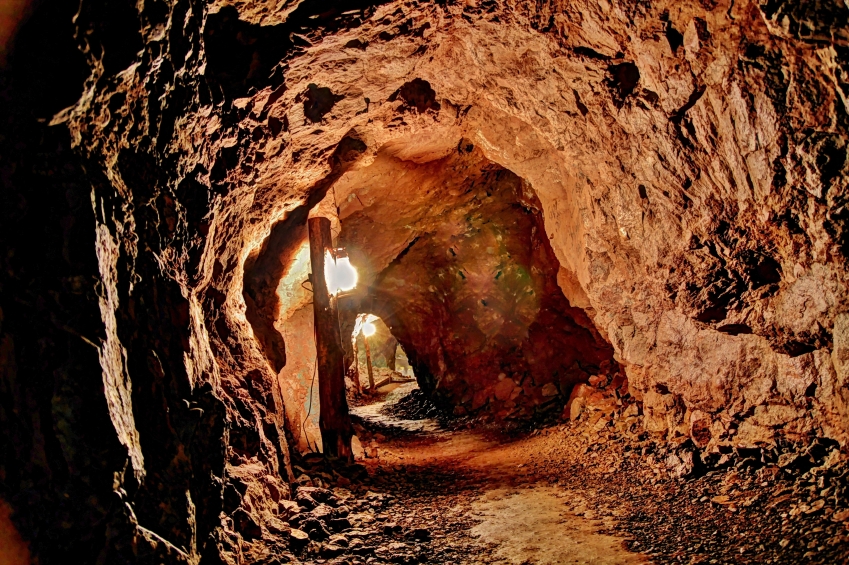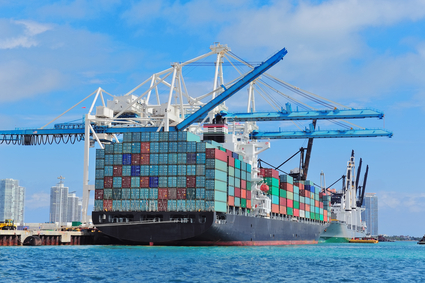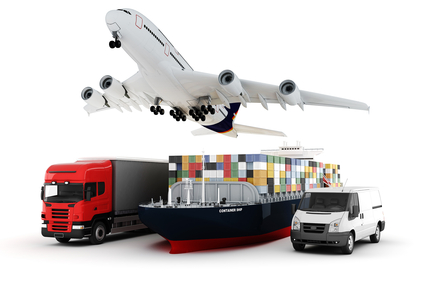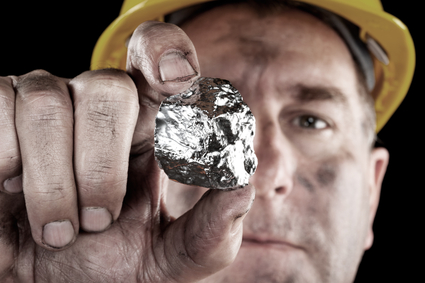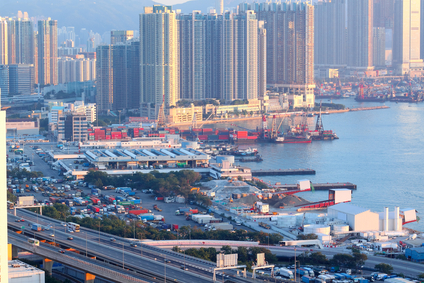2014 Mining Industry Outlook
 2014 Mining Industry Outlook: Prospects Look Bleak
2014 Mining Industry Outlook: Prospects Look Bleak
A review of last year’s operations and a peak into the future have some experts predicting a bleak 2014 for the Canadian mining industry. This news is especially hard when you consider that Canada’s mining operations are the bedrock of its natural resource based economy. The challenge that many companies are facing comes down to the matter of capital.
A report from Reuters, released last summer, indicated that 839 mining companies on Canada’s TSX Venture Exchange were coming up short on the potential to invest in new projects due to limited cash on hand. In fact, most of these operations were found to have less than $500,000 in liquidity. That is not going to help growth in the local economy.
Experts and analysts cite flat commodity prices as the main culprit for this bleak outlook. There is also a direct link to the strength of the U.S. dollar. Ironically, a strong U.S. dollar, when paired with weak growth rates in demand, can cause commodity prices to plummet.
Consider the plight of an ounce of gold. After reaching record highs, the precious metal has dipped down by around $450 per ounce since the beginning of last year. These kinds of commodity price swings are proving to be a challenge for mining operations to price out their M&A business.
Beyond the pricing issues, corporate financing has also taken a hit in these sluggish economic times. When investors are hesitant to get on board with a project, a ripple effect is triggered which sends “jitters” throughout the industry. There are some mining companies which could opt to use their own stock to purchase claims and expand. However, the result would be shareholders taking a direct hit when it is time to issue dividends. That is not an outcome that shareholders want to embrace.
Due to these factors, industry analysts predict that more companies will take the merger plunge as a way to stay afloat. This would be an option for companies who are on par with each other, yet would benefit from combining their finances. Across boardrooms, there are efforts to divest from a company’s asset portfolio in an attempt to reduce further financial risk. In other words, there will be a lot of “shedding of dead weight.”
Then there is the issue of acceptance that mining companies need to contend with. More and more municipalities are turning away from mining. As recent at last year, Cliffs Natural Resources pulled the plug on a major operation along Ontario’s Ring of Fire. This was after they had already sunk over $500 million in to the project. The reason cited was the lack of interest in developing the infrastructure needed to make this operation feasible. If governments aren’t going to support new mining operations, then they simply cannot exist.
On many levels, this could be a year of “survival of the fittest.” If mining operations can weather these financial upheavals, they stand a better chance to come out stronger when the economy begins moving in the right direction. All of this being said, the industry would like nothing more than to prove these analyses wrong.


